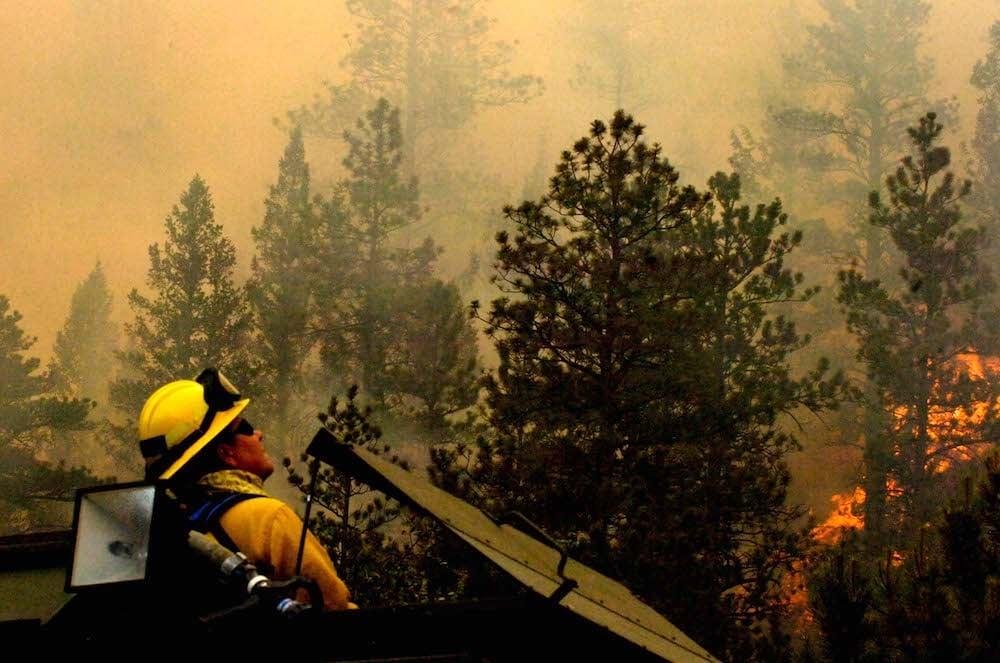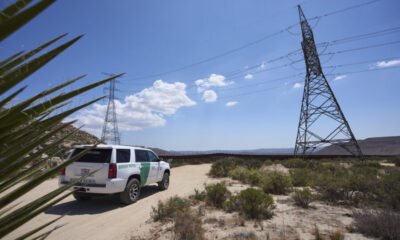Business
As the U.S. Doubles Down on Fossil Fuels, Communities Brace for the Fallout

Warming temperatures, wildfires, and flash floods are increasingly impacting communities across the United States. As the federal government plans to increase fossil fuel use, the risks associated with these environmental challenges are expected to escalate further.
This raises a critical question: Is the nation prepared to adapt to these pressing consequences?
For years, federally funded scientists have been working on solutions to mitigate the effects of climate change on people’s lives and livelihoods. However, the White House’s proposal to cut funding for climate adaptation science in the upcoming federal budget raises concerns. Reports indicate that job cutbacks for federal climate adaptation scientists may soon follow.
As researchers and directors of regional Climate Adaptation Science Centers established by the U.S. Geological Survey, we have witnessed the vital work these programs perform in safeguarding the nation’s natural resources. Here are some examples of how federally funded climate adaptation science aids communities in addressing climate change challenges.
Wildfire Risk Management
Wildfires pose significant threats to both communities and ecosystems, especially in the Southwest, where heatwaves and drought conditions are intensifying. Researchers at Climate Adaptation Science Centers are creating forecasting models to pinpoint high-risk wildfire locations throughout the year.
This valuable information empowers communities to take protective measures, such as conducting controlled burns, establishing firebreaks, and managing invasive species that heighten fire risks. Collaborative projects ensure these strategies are practical and tailored to local conditions.
Shoreline and Fishery Protection
In the Northeast, salt marshes play a crucial role in protecting coastlines from storms while serving as vital breeding habitats for fish. Yet, these ecosystems face the threat of submersion due to rising sea levels, impacted by greenhouse gas emissions and thermal expansion.
Adaptation researchers are developing localized flood projections to help resource managers effectively protect these marshes. Initiatives include assessing sediment buildup and collaborating on restoration efforts.
Salmon Conservation
In Alaska and the Northwest, warming streams are jeopardizing salmon populations during spawning seasons. High temperatures can lead to increased predation and mortality rates. Adaptation researchers are evaluating the success of fish rescue operations as a temporary solution to combat these challenges.
In Alaska, partnerships with tribes and organizations have enabled the establishment of an early warning system to monitor stream temperatures, allowing fisheries to implement protective measures for salmon.
Invasive Species Management
Climate change also broadens the range of invasive species, posing risks to native ecosystems and costing billions in economic losses. Researchers in the Northeast and Southeast are identifying and prioritizing threats from invasive species, helping state managers prevent these emerging challenges from escalating.
In the Northeast, proactive assessments are vital as invasive plants threaten native species and contribute to ecosystem degradation. Without timely interventions, invasive species management becomes increasingly costly and less effective.
The Urgency of Adaptation Science
A key component of these initiatives is the collaboration between scientists and natural resource managers across various levels of government and communities. As climate extremes are poised to rise, neglecting adaptation science will heighten the nation’s vulnerability to future environmental crises.


















